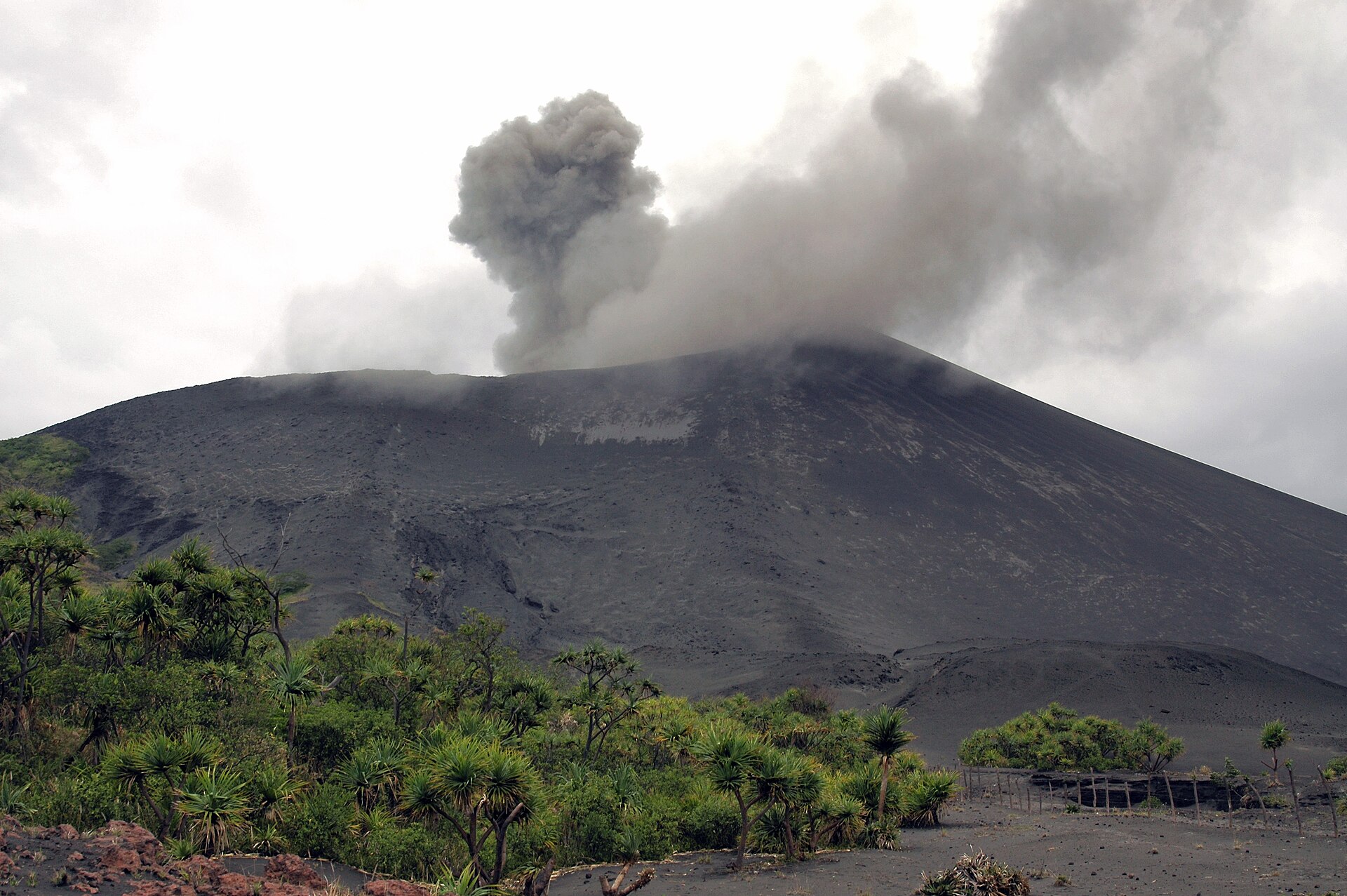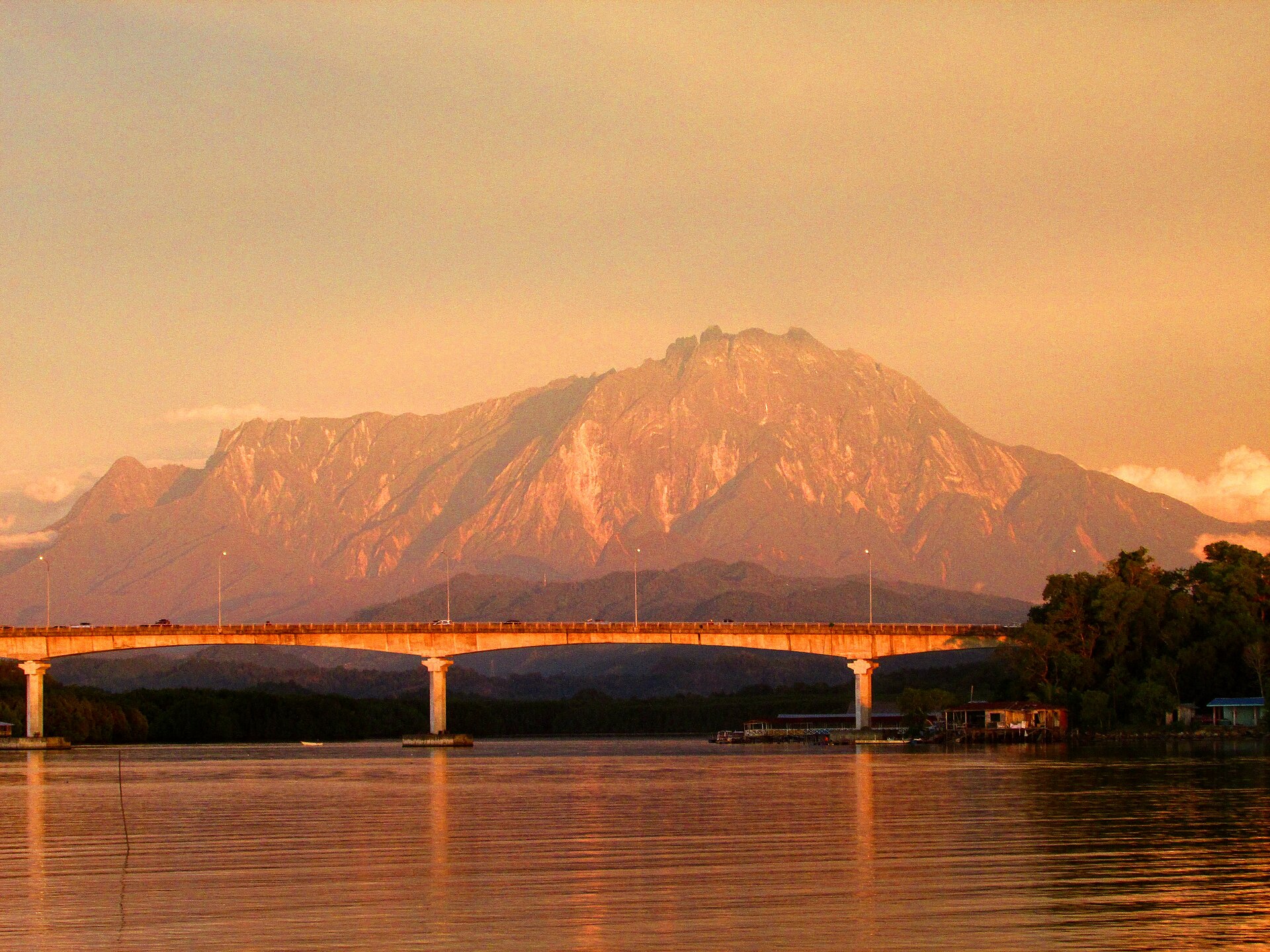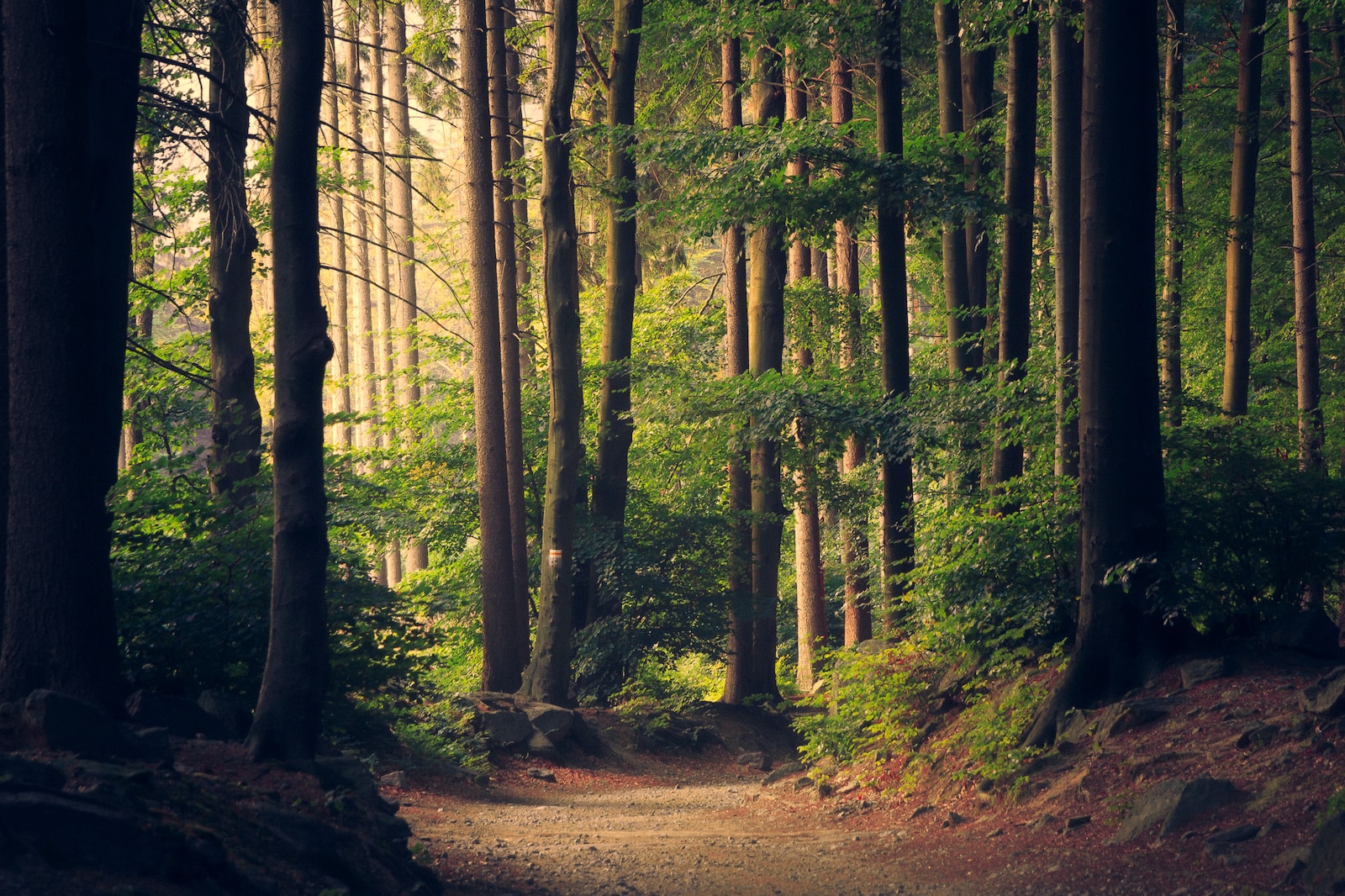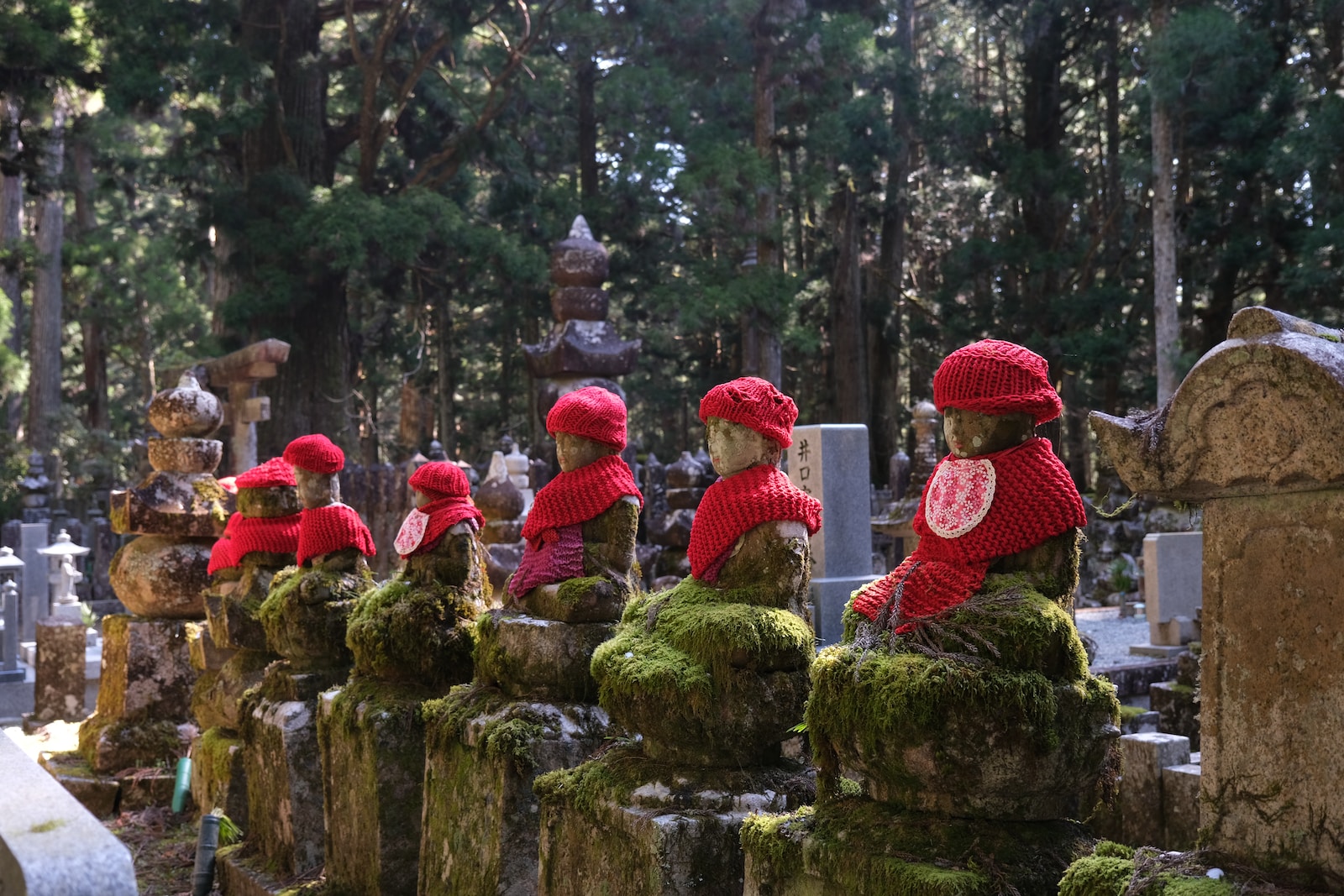Table of Contents
- Fire in the Pacific: Photographing Mount Yasur
- Photographing Mount Yasur
- A Relevant Case Study: Overcoming Challenges
- Frequently Asked Questions
- 1. Can anyone visit Mount Yasur?
- 2. What are the safety precautions when visiting Mount Yasur?
- 3. Is it safe to photograph Mount Yasur?
- 4. What equipment is recommended for photographing Mount Yasur?
- 5. When is the best time to photograph Mount Yasur?
- 6. Are there any photography tours or guides available for Mount Yasur?
- 7. Can I use a drone to photograph Mount Yasur?
- 8. How can I capture the volcanic activity at Mount Yasur?
- Wrap Up
Fire in the Pacific: Photographing Mount Yasur
If you’re a lover of landscape photography and seeking the thrill of capturing the beauty and power of nature, then Mount Yasur in Vanuatu is a destination you won’t want to miss. This active volcano provides a breathtaking backdrop for any photographer looking to capture the raw energy of volcanic activity. In this blog, we will delve into the art of photographing Mount Yasur, discuss safety precautions, and uncover the secrets to capturing stunning images of this fiery wonder. Prepare to be amazed!
Photographing Mount Yasur
Mount Yasur is an active volcano located on Tanna Island in Vanuatu, a Pacific island nation in the South Pacific Ocean. Tanna Island is part of the archipelago of Vanuatu, which is situated in the southwestern Pacific Ocean, northeast of Australia and east of New Caledonia.
Mount Yasur is one of the most accessible and continuously active volcanoes in the world, making it a popular destination for tourists and volcano enthusiasts. Visitors can witness volcanic activity, including frequent explosions and eruptions, from a relatively safe distance by visiting the volcano’s rim. Tanna Island’s volcanic landscapes and unique cultural experiences make it a noteworthy destination in the Pacific region.
The Best Time of Year To Visit Mount Yasur
The best time of year to visit Mount Yasur for photography largely depends on your preferences and the type of photographs you want to capture. Here are some considerations:
1. Dry Season (May to October): This is generally considered the best time for photography at Mount Yasur. During the dry season, you can expect clearer skies, which can enhance your visibility and the overall quality of your photographs. The contrast between the dark volcanic ash and the fiery eruptions can be striking in photos. Additionally, the dry season often brings cooler temperatures, making it more comfortable for outdoor photography.
2. Sunset and Sunrise: Mount Yasur is particularly photogenic during sunset and sunrise when the dramatic play of light and shadow adds depth to your images. The soft, golden light of these hours can create stunning compositions, especially if you capture the volcano against the backdrop of the ocean.
3. Avoiding Rainy Season: The rainy season in Vanuatu typically occurs from November to April and brings heavy rainfall, which can lead to reduced visibility, muddy conditions, and challenging photography conditions. This period is generally less favorable for photography, although it may offer unique opportunities for capturing the volcano’s activity in rainy or misty conditions, creating moody and atmospheric shots.
4. Safety: Always prioritize safety when photographing an active volcano. Follow local guidelines and heed the advice of local guides to ensure your safety while capturing images.
Remember that the activity of Mount Yasur can vary, so checking with local authorities and guides about current conditions and safety measures is essential before planning your photography trip.
A Relevant Case Study: Overcoming Challenges
When it comes to capturing the raw power and beauty of Mount Yasur, photographers face numerous challenges. These challenges not only involve the technical aspects of photography but also the safety precautions required when dealing with an active volcano. In this case study, we will explore the experiences of renowned landscape photographer, John Smith, as he braved the fiery landscapes of Mount Yasur to capture breathtaking images.
Preparation and Safety Measures
Before embarking on his journey to Mount Yasur, John Smith meticulously prepared himself both mentally and physically for the demanding conditions. He researched the volcanic activity patterns and weather forecasts, ensuring he would have the best chance of capturing the volcano in action. Smith also invested in high-quality protective gear, including heat-resistant clothing, goggles, and sturdy boots.
Upon arrival at Mount Yasur, Smith was required to attend a safety briefing and follow strict guidelines to ensure his well-being. These measures included maintaining a safe distance from the volcano’s edge, listening to the advice of experienced guides, and being aware of potential volcanic hazards such as ash clouds and falling rocks. By adhering to these rules and taking necessary precautions, Smith was able to safeguard himself while still being able to capture striking photographs.
Technical Challenges and Creative Solutions
Photographing Mount Yasur posed various technical challenges for Smith. One of the primary difficulties was the extreme contrast between the bright lava and the dark surroundings. Smith tackled this issue by using graduated neutral density filters to balance the exposure and capture the intricate details of the volcano and its surroundings.
Another challenge Smith faced was capturing the dynamic nature of the volcanic activity. The continuously erupting volcano required swift reflexes and quick adjustments to capture the perfect moment. Smith found success by using a fast shutter speed to freeze the explosive moments of lava eruptions and volcanic ash, allowing him to convey the raw power of the volcano.
Final Thoughts and Inspiration
Capturing the mesmerizing landscape of Mount Yasur is a feat that requires both creativity and caution. Through his journey, John Smith not only captured captivating images but also gained a deep appreciation for the forces of nature. Witnessing the fiery eruptions of Mount Yasur served as a reminder of the fragile balance between beauty and danger.
For photographers looking to embark on their own adventure to photograph Mount Yasur, it is essential to prioritize safety above all else. Research and planning, along with a keen eye for the technical aspects of photography, will enable you to overcome the challenges presented by this awe-inspiring volcano. Let Mount Yasur ignite your passion for landscape photography and provide you with an experience like no other.
Frequently Asked Questions
1. Can anyone visit Mount Yasur?
Yes, Mount Yasur is open to visitors. However, it is important to check the activity level of the volcano and follow any safety instructions given by local authorities.
2. What are the safety precautions when visiting Mount Yasur?
Visitors are advised to wear sturdy shoes, bring protective eyewear, and stay within designated viewing areas. It is crucial to follow all safety instructions provided by guides or park officials.
3. Is it safe to photograph Mount Yasur?
Photographing Mount Yasur can be a thrilling experience, but safety should always come first. Stay at a safe distance from the crater, avoid getting too close to falling rocks or ash, and be aware of any changes in volcanic activity.
4. What equipment is recommended for photographing Mount Yasur?
A sturdy tripod, a wide-angle lens, and a camera with manual settings are recommended for photographing Mount Yasur. It is also advisable to bring extra batteries, memory cards, and a protective case for your gear.
5. When is the best time to photograph Mount Yasur?
The best time to photograph Mount Yasur is during the golden hour, which occurs during sunrise or sunset. These times offer beautiful lighting and enhance the dramatic nature of the volcanic landscape.
6. Are there any photography tours or guides available for Mount Yasur?
Yes, there are photography tours and guides available for Mount Yasur. These tours often provide valuable insights, ensure safety, and help capture the best possible photographs of the volcanic activity.
7. Can I use a drone to photograph Mount Yasur?
No, the use of drones is not permitted near Mount Yasur due to safety concerns and restrictions imposed by the local authorities. It is important to respect these regulations and prioritize the safety of all visitors.
8. How can I capture the volcanic activity at Mount Yasur?
To capture the volcanic activity at Mount Yasur, consider using a fast shutter speed to freeze the motion, experiment with different angles and compositions, and bracket your shots to capture details in both the bright lava and dark surroundings.
Wrap Up
Now that you have learned all about photographing Mount Yasur, it’s time to grab your camera, pack your bags, and embark on a thrilling adventure! Remember to prioritize safety and follow the expert tips shared in this blog.
Don’t forget to share your experiences and stunning volcano shots with us. We would love to hear about your adventures. Leave a comment below and let’s engage in a conversation about the power of nature and the beauty of landscape photography!



